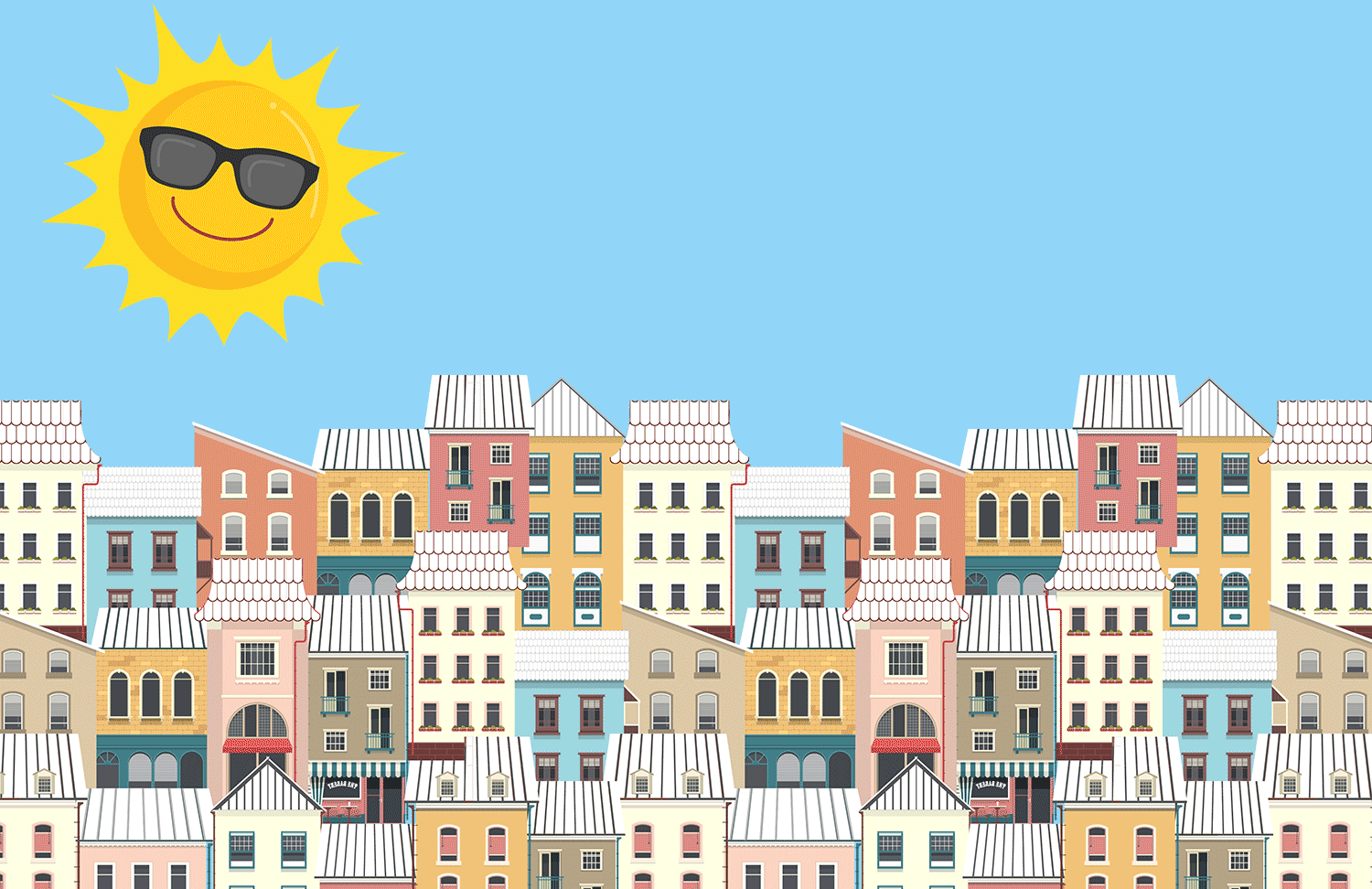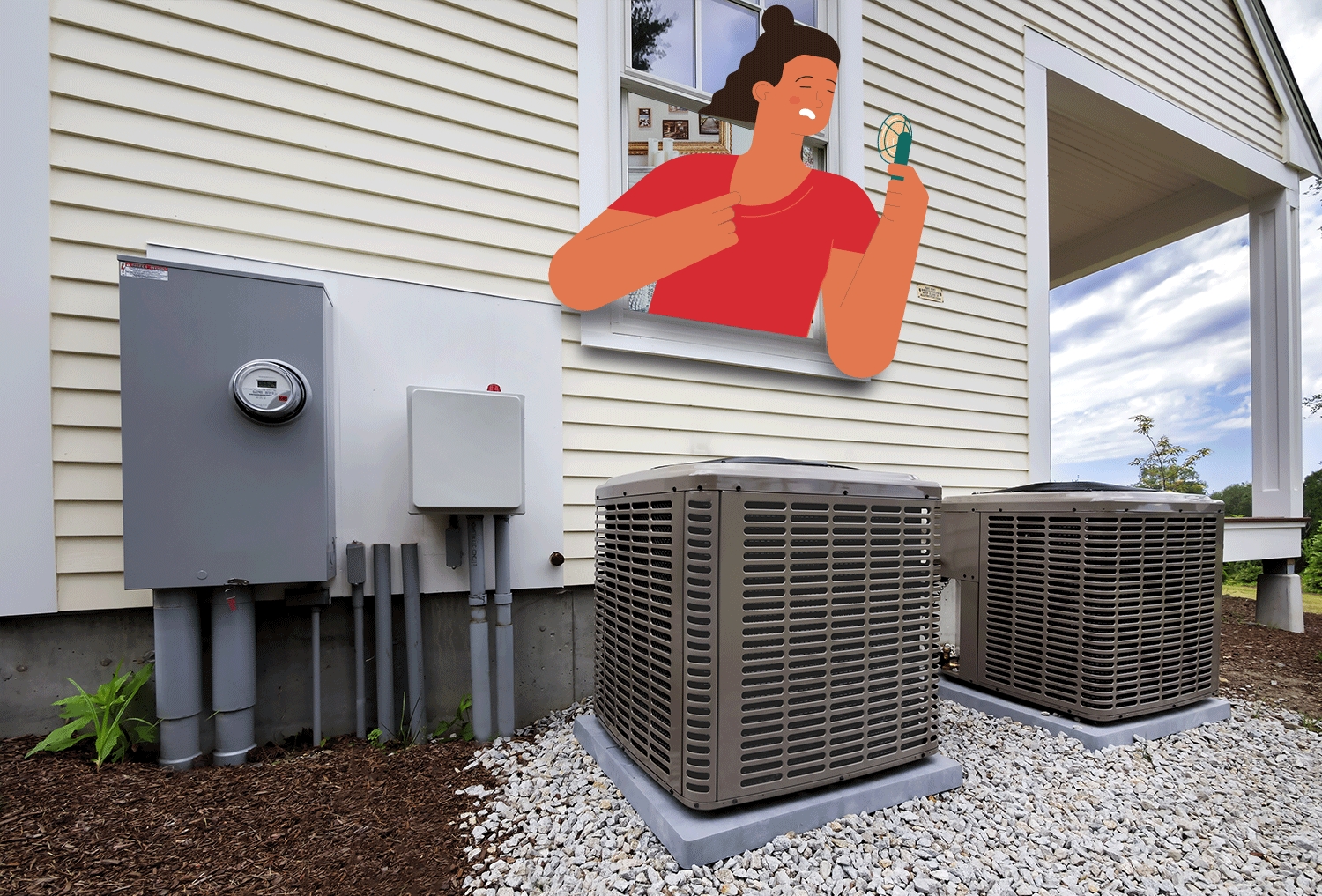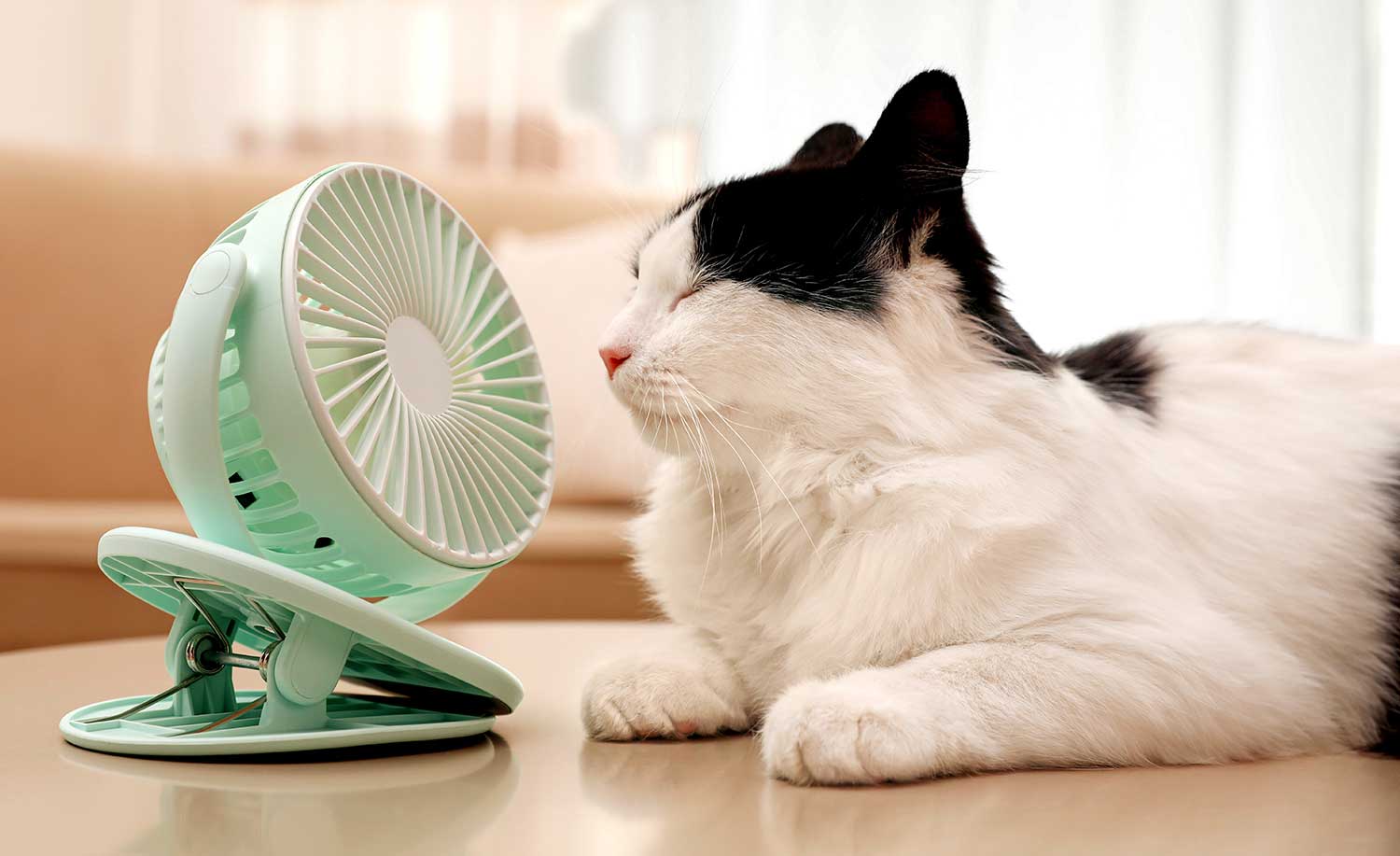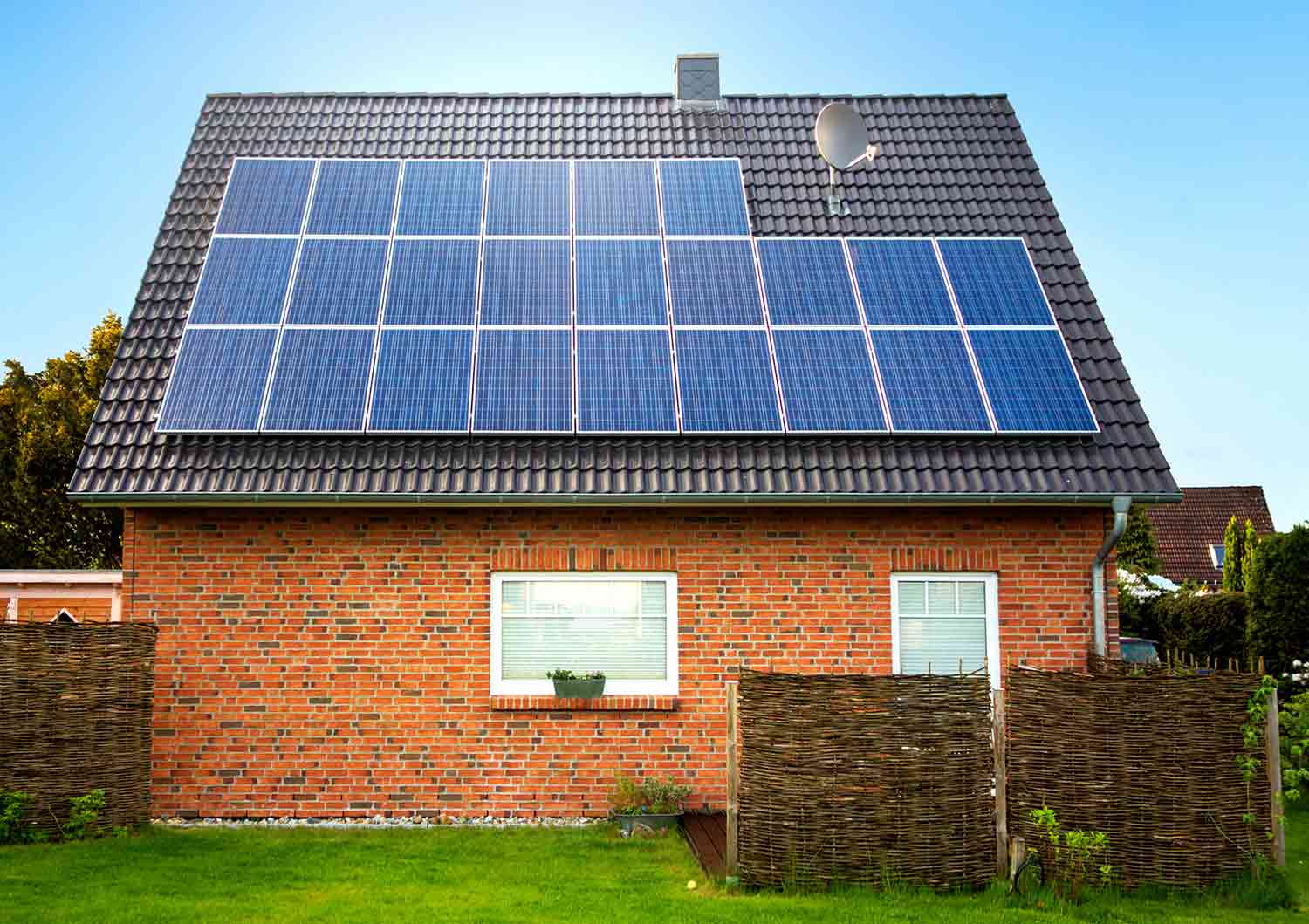It’s All in the Paint
A newly developed white paint can keep buildings cooler by reflecting nearly all of the Sun’s rays.

© Marrishuanna, Natthaya Phiban/Dreamstime.com; Animation Encyclopædia Britannica, Inc.
Did you know that the temperature of a building is affected by the color of its roof? Lighter colors reflect much of the Sun’s heat, while darker colors absorb it. With that in mind, a scientist at Purdue University in Indiana has invented a new white paint that’s designed to keep a building cooler, just by coating its roof.
White roofs aren’t a new idea. In fact, they’re widely used in many cities that experience hot temperatures because they’re known to decrease the need for air-conditioning. But most white paint reflects about 80 to 90 percent of the Sun’s rays. The rest of those rays are absorbed into the building.
A few years ago, Xiulin Ruan, a professor at Purdue University, set out to make a more reflective white paint. “We wanted to help with climate change, and now it’s more of a crisis, and getting worse,” Ruan told the New York Times. “We wanted to see if it was possible to help save energy while cooling down the Earth.”
It’s a welcome development at a time when record-breaking heat waves in North America, Europe, and Asia have made headlines.
The paint that Ruan and a team of scientists developed reflects more than 98 percent of the Sun’s rays. At midday, a surface that’s been covered with the paint remains up to 8 degrees Fahrenheit (4.5 degrees Celsius) cooler than the air that surrounds it. At night, it’s up to 19°F (10°C) cooler. According to Ruan, the paint can decrease the need for air-conditioning by up to 40 percent.
The Purdue scientists achieved this level of reflectiveness by making the paint from a very reflective compound called barium sulfate. One downside is that barium sulfate must be mined, which is bad for the environment. But Ruan pointed out that most paint is made with titanium dioxide, which also has to be mined.
On the plus side, the new paint could help address some of the effects of climate change, provided it’s used widely enough, by reflecting those warming solar rays back into space. Ruan and his team have since developed a thinner form of the paint that can be used on airplanes, cars, and other vehicles to reduce the need for air-conditioning, even if they’re sitting on a hot tarmac or in a sizzling parking lot.
So, when can people go out and buy the ultra-reflective white paint? Ruan says he hopes it will be available as soon as 2024.



